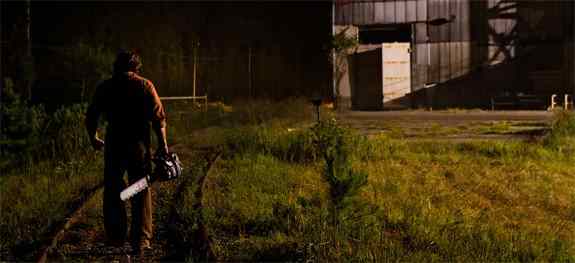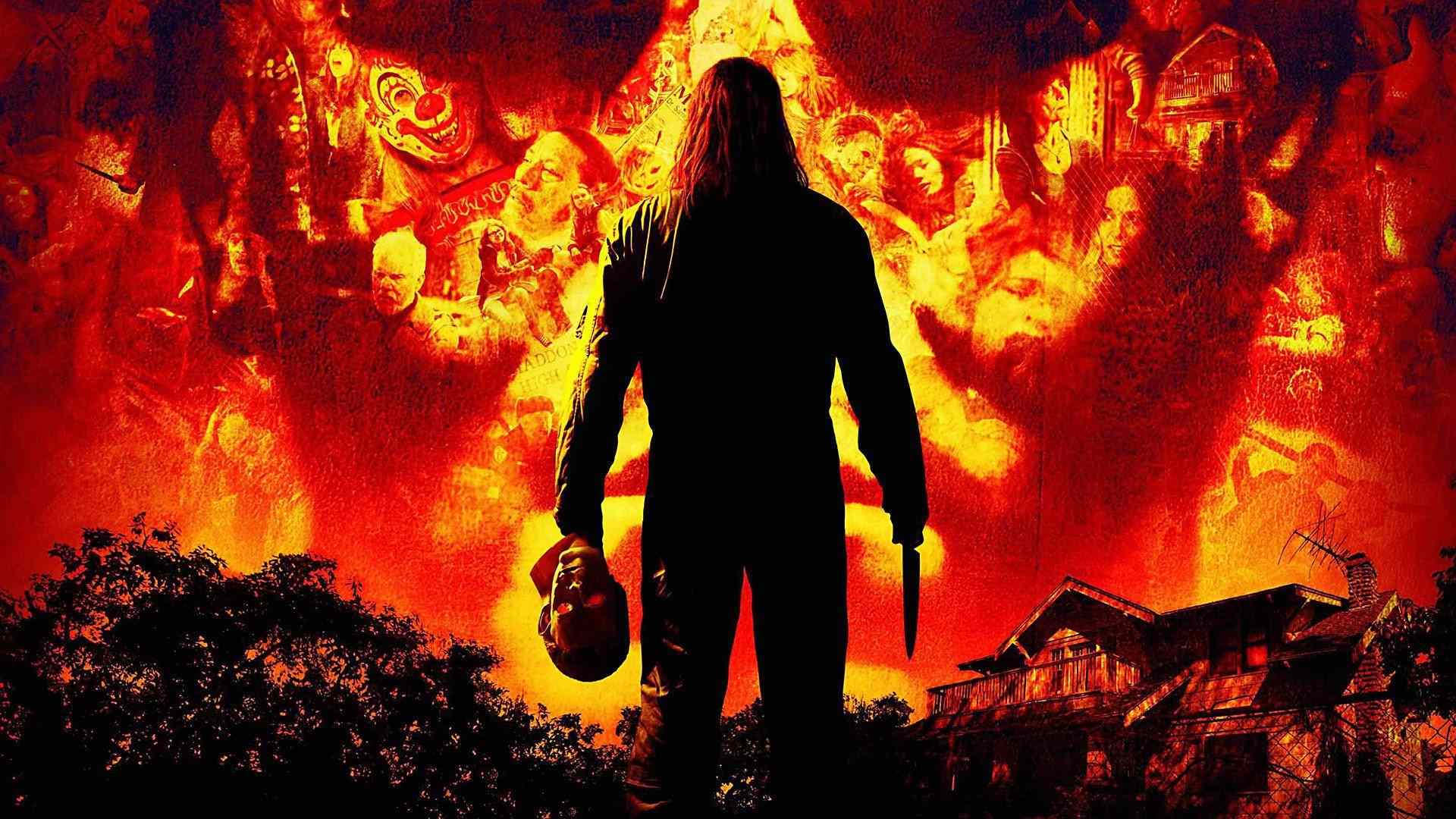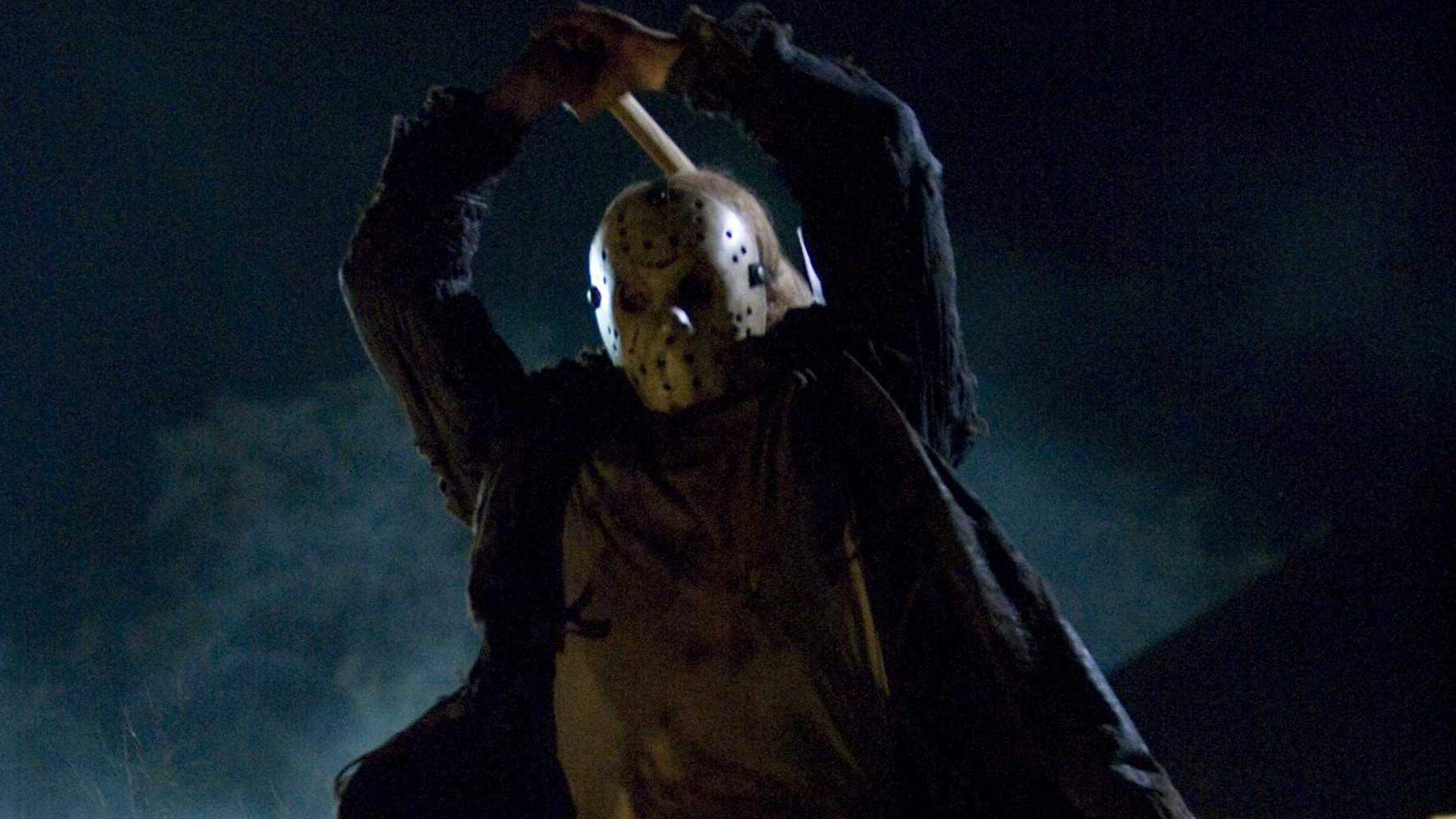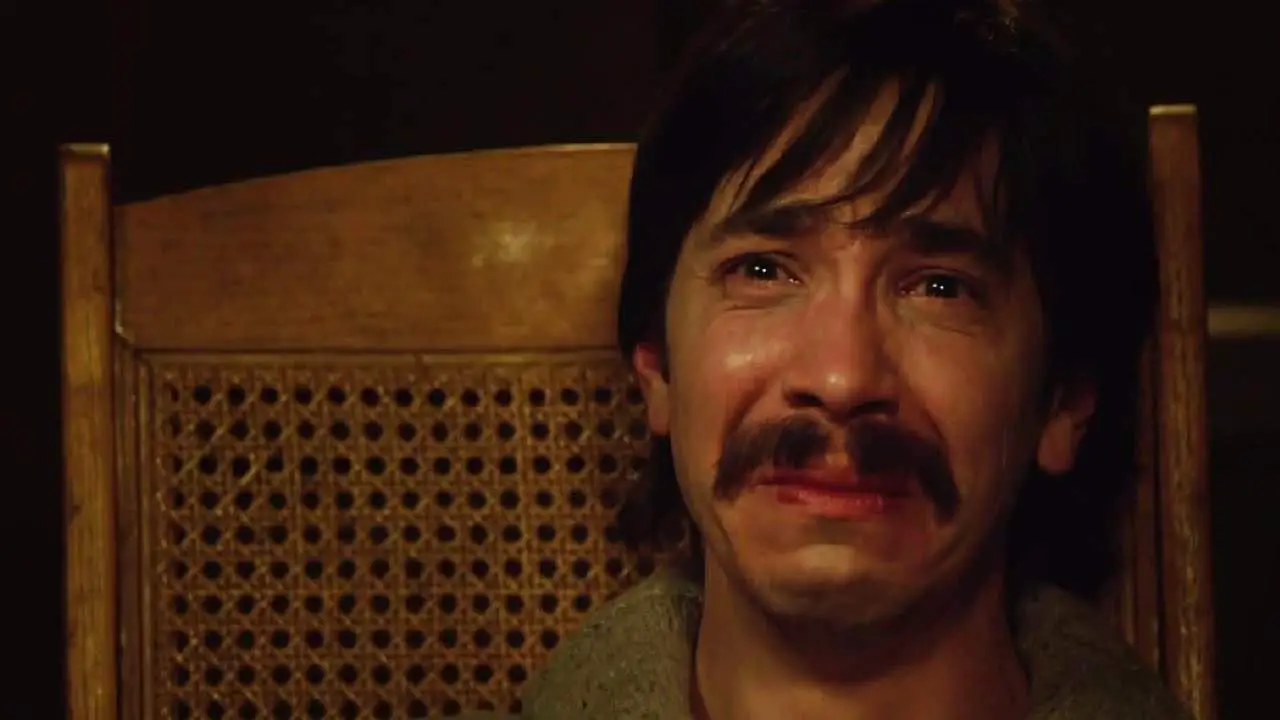The horror world has been abuzz with news of horror reboots for each of the major franchises. Articles across the web touted that 2016 would see the major return of the slasher genre. We had a new Texas Chainsaw Massacre that had just been shot, a new Halloween that was being actively developed, a new Friday the 13th with a set release date and a new Nightmare on Elm Street had just hired a writer to work on the script. Each one would be a back-to-basics entry, a brand new story that could have been what each franchise needed to get back on track. Of course, within a matter of days, just about all of that changed.
Not too long ago, I wrote a piece on why each major icon was coming back and why they’re doing it all at once. Obviously, that’s not so true anymore. Yet, even now that it’s not happening, some of the points still hold up. Namely the fact that when one of these movies gets made, the others follow suit. We saw it happen with the remakes of the past decade. The Texas Chainsaw Massacre led to Halloween, which led to Friday the 13th and A Nightmare on Elm Street. Unfortunately, the same thing is true when one of them fails. If Halloween can’t come together for whatever reason, the people behind Friday the 13th get cold feet, and vice versa.
It’s no coincidence that Halloween Returns stalled immediately after the news that Friday the 13th had been pushed back. The filmmakers will say whatever they will say, and it might be true. All of the problems they bring up could be valid, but it all still boils down to the fact that—despite whatever franchise name they have and how successful it has been in the past—there’s no way to prove it will be successful unless you can clearly see the box office returns of another movie of the type. Even if you have ten or twelve entries in a franchise, the current horror climate is one where risks are not taken. At least certainly not at the studio level. Success needs to be completely guaranteed for anything to happen. There’s so little money being given out to filmmakers, so few features are going to theaters nationwide, let alone worldwide. Everything is a risk.But really, the genre has always been dictated by the audience. Things move in shifts, people latch onto one thing and become interested in it and so everyone tries to emulate whatever that success may be. The success of Paranormal Activity led to the surge of found footage movies we’ve dealt with for the past six years. The success of the Texas Chainsaw Massacre remake led to the remake craze that’s slowly begun to fizzle out. And of course the original Friday the 13th kicked off the slasher boom of the early 1980’s.
While Halloween led to the success of Friday the 13th, there wasn’t much like Halloween at the time in which it was made, save for Black Christmas and arguably one or two others. But Halloween II wasn’t made or even really considered until the slasher craze was reaching its absolute peak in 1981. Horror always moves in cycles, the only real difference with our current climate is the fact that the genre is as financially limited as it has ever been.
 Yes, the early slashers being pumped out in the ‘80’s were business decisions because they knew they could always make a profit off of the same formula. But even then, much more money was being put into the movies than is being put into them now. For a long time, a million was considered ultra low budget. Almost no budget, in fact, as anything under 10 million fell into the low budget range. Now, horror filmmakers would kill for a budget like that as more and more features are being produced for only a few thousand.
Yes, the early slashers being pumped out in the ‘80’s were business decisions because they knew they could always make a profit off of the same formula. But even then, much more money was being put into the movies than is being put into them now. For a long time, a million was considered ultra low budget. Almost no budget, in fact, as anything under 10 million fell into the low budget range. Now, horror filmmakers would kill for a budget like that as more and more features are being produced for only a few thousand.
Worse, the remakes of Texas Chainsaw Massacre, Halloween and Friday the 13th were all made for in the range of 15-20 million and the studios look like they’re trying to go for something close to that amount with these new reboots. Platinum Dunes producers Brad Fuller and Andrew Form did say that their success with The Purge has made them look at doing things for lower budgets, but even still, the lower budget they imagined for their new Friday the 13th was $10 million. The Purge was a huge hit on a $3 million budget. There’s no reason they couldn’t make a new Friday the 13th for that amount. It would be a huge low budget.
All of the major franchises had their origins in original, imaginative features that were made for very little money. Going back to those principles, hard and grueling as they were in order to get the movies made, would still be the right push for all of these series. But the studios still want to make reboots that, compared to other horror films coming out now, are expensive and that is continuing to hold them back.
 Of course, Leatherface stands out somewhat because that one’s already completed. Yet it’s sitting around with no announcement about a release date. It’s very likely at this point that it could be the first in the Chainsaw series to not reach theaters, at least not nationwide, and will more than likely net a simultaneous VOD release.
Of course, Leatherface stands out somewhat because that one’s already completed. Yet it’s sitting around with no announcement about a release date. It’s very likely at this point that it could be the first in the Chainsaw series to not reach theaters, at least not nationwide, and will more than likely net a simultaneous VOD release.
The decisions to push back these movies will have an effect. With the amount of times Friday the 13th has been pushed back, we probably won’t be seeing it in 2017 either. That’s almost certain at this point. Having said that, I absolutely think that we will be seeing Freddy, Jason and Michael Myers in the future. It’s just a matter of when. When will we see the next big reboot?
If I was just going to answer the question clinically, I would say 2019. That would be ten years since the last Friday the 13th and Halloween entries. None of them have ever had a longer gap than that. But the truth is that it’s almost impossible to determine how any of this is going to go. The film industry, let alone the horror genre, has to figure out a whole new model to keep afloat. Whatever that might be is anybody’s guess. The next Friday the 13th we see could be completely different than anything we’re used to.






